Weather's Wild Swings: Navigating France's Dual Climate Realities
Explore France's dramatic weather contrasts: from scorching south to storm-battered west. Unpack the forces driving these wild swings and how to adapt.
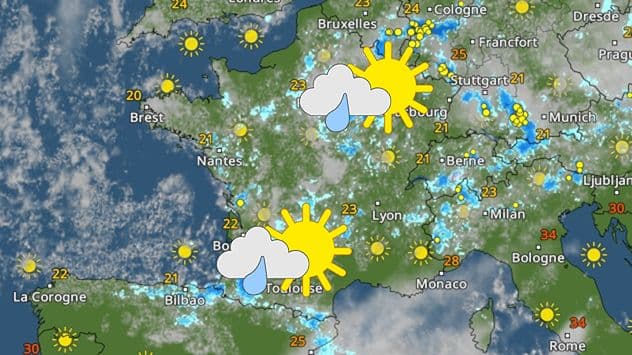
A Land of Contrasts: North, South, East, and West
France's weather often feels like a tale of two, or even four, distinct realities. One moment, the north might be shrouded in clouds and persistent rain, with temperatures hovering around a cool 19°C. Simultaneously, the south basks under a relentless sun, pushing thermometers up to a scorching 35°C. This stark dichotomy isn't just a north-south divide; it plays out across the entire . While the western regions frequently contend with showers and thunderstorms, the east often enjoys clear, sunny skies. This geographical lottery means areas like the , , and can be bracing for thundery downpours, even as departments further south and east are under severe fire warnings. Indeed, we've seen ten departments placed on orange alert for forest fires, even as others face the threat of heavy rain and potential flooding. It's a continuous, dynamic interplay of atmospheric conditions that paints a truly diverse meteorological picture across the country.
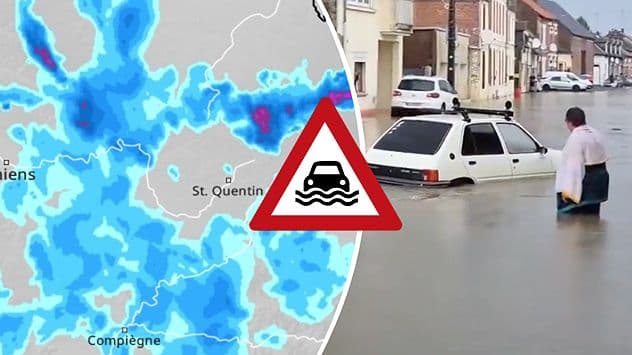
The Fury of the Fronts: Storms, Floods, and Their Impact
Building on France's inherent contrasts, the transition from one extreme to another often manifests in furious weather fronts. A 'cold drop' moving across the continent is frequently the culprit, unleashing a cascade of instability even as it gradually shifts eastward. This atmospheric phenomenon triggers widespread showers, often accompanied by thunder, particularly across inland areas. We've witnessed this instability leading to significant disruptions, with 14 departments recently placed under orange vigilance for rain and flood risks. These aren't just minor inconveniences; violent storms, especially those tracking from the down to the southwest and across to the , can have devastating consequences. Tragic reports from the east of , for instance, have highlighted severe thunderstorms causing fatalities and injuries. Even as the core of the bad weather moves on, a lingering pattern of grey skies and persistent rain can continue to affect large swathes of the country, reminding everyone of nature's formidable power.
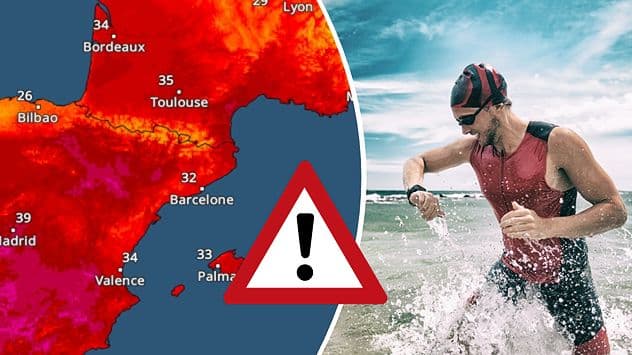
Under a Blazing Sky: Heatwaves and Fire Warnings
As one part of grapples with the deluge, another often contends with a different, equally perilous extreme: intense heat and the ever-present threat of wildfires. The mercury can soar to a blistering 36°C across much of the country, creating conditions ripe for disaster. This isn't merely about discomfort; it's a critical safety issue. We've seen ten departments under orange vigilance for forest fires, a warning that escalated to a red alert in three specific departments. The implications are severe, leading to the closure of vital natural spaces like the in , a necessary measure to protect both visitors and the environment from the devastating spread of flames. Even the can experience a 'silent heatwave,' impacting marine life and coastal ecosystems. This combination of prolonged sun and elevated temperatures transforms landscapes into tinderboxes, underscoring the urgent need for vigilance and preventative action against the escalating wildfire risk.
Unpacking the Atmospheric Ballet: Why the Extremes?
So, why does experience such a dramatic 'two rooms, two atmospheres' weather pattern, often simultaneously? It's a complex atmospheric ballet. The collision of contrasting air masses is a primary driver. Imagine a 'cold drop' – an isolated pocket of cold air in the upper atmosphere – pushing down from the north or west. When this cold air encounters the hot, humid air masses that typically build up over the south or east during periods of high pressure, the result is explosive. The instability created fuels intense thunderstorms, heavy downpours, and even hail. Conversely, persistent high-pressure systems, especially those drawing warm air from the south, can lead to prolonged heatwaves. These systems often become stagnant, allowing heat to accumulate and intensify, leading to the severe conditions that trigger wildfire alerts. It’s this dynamic interaction, where distinct meteorological systems vie for dominance, that orchestrates [France]'s remarkable and often challenging weather extremes, a pattern increasingly influenced by broader climatic shifts.
Living with Volatile Skies: Adapting to the New Normal
Given these dramatic and often concurrent weather events, living in increasingly means adapting to a new, more volatile climate reality. The days of predictable seasonal patterns seem to be fading, replaced by rapid shifts between blistering heat and torrential rains. This calls for heightened awareness and preparedness from everyone. Understanding meteorological vigilance levels – whether orange for rain-flood warnings or red for extreme fire risk – becomes paramount for personal safety and community resilience. Authorities respond by implementing measures like closing sensitive natural parks during high fire danger, a critical step in preventing widespread destruction. For individuals, it means staying informed through weather updates, having contingency plans for both flood and heat scenarios, and recognizing that local conditions can change rapidly. Embracing this 'new normal' involves a collective effort to build resilience, leverage forecasting tools, and learn to navigate [France]'s wild weather swings with greater foresight and adaptability.
Related Articles
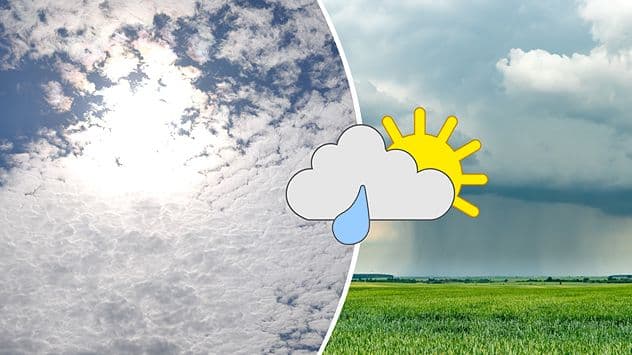
France's Volatile Canvas: Unpacking the Extreme Weather Divide

France's Volatile Canvas: Unpacking the Extreme Weather Divide
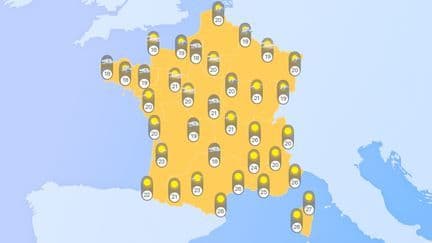
France's Shifting Skies: A Day of Contrasts in Summer Weather

France's Shifting Skies: A Day of Contrasts in Summer Weather
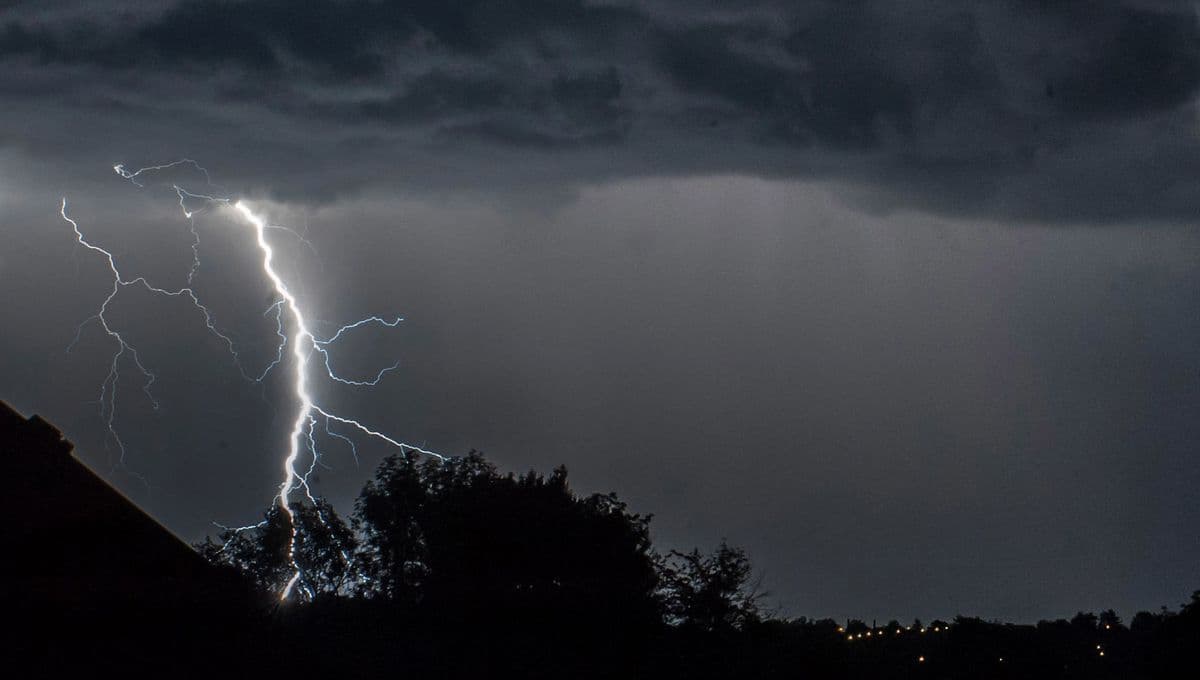
Unpacking the Orange: Life Under France's Summer Storm Alerts

Unpacking the Orange: Life Under France's Summer Storm Alerts
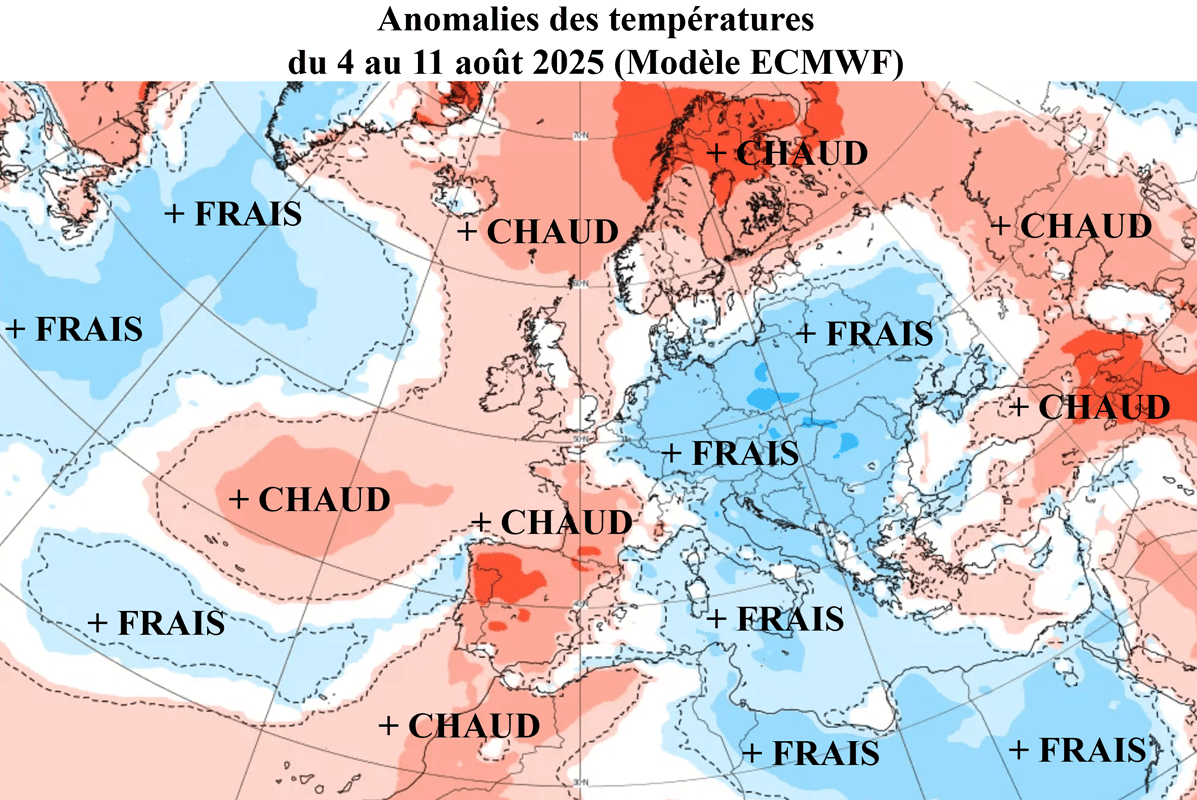
Decoding the Dog Days: Unraveling France's Tricky August Heat Outlook
